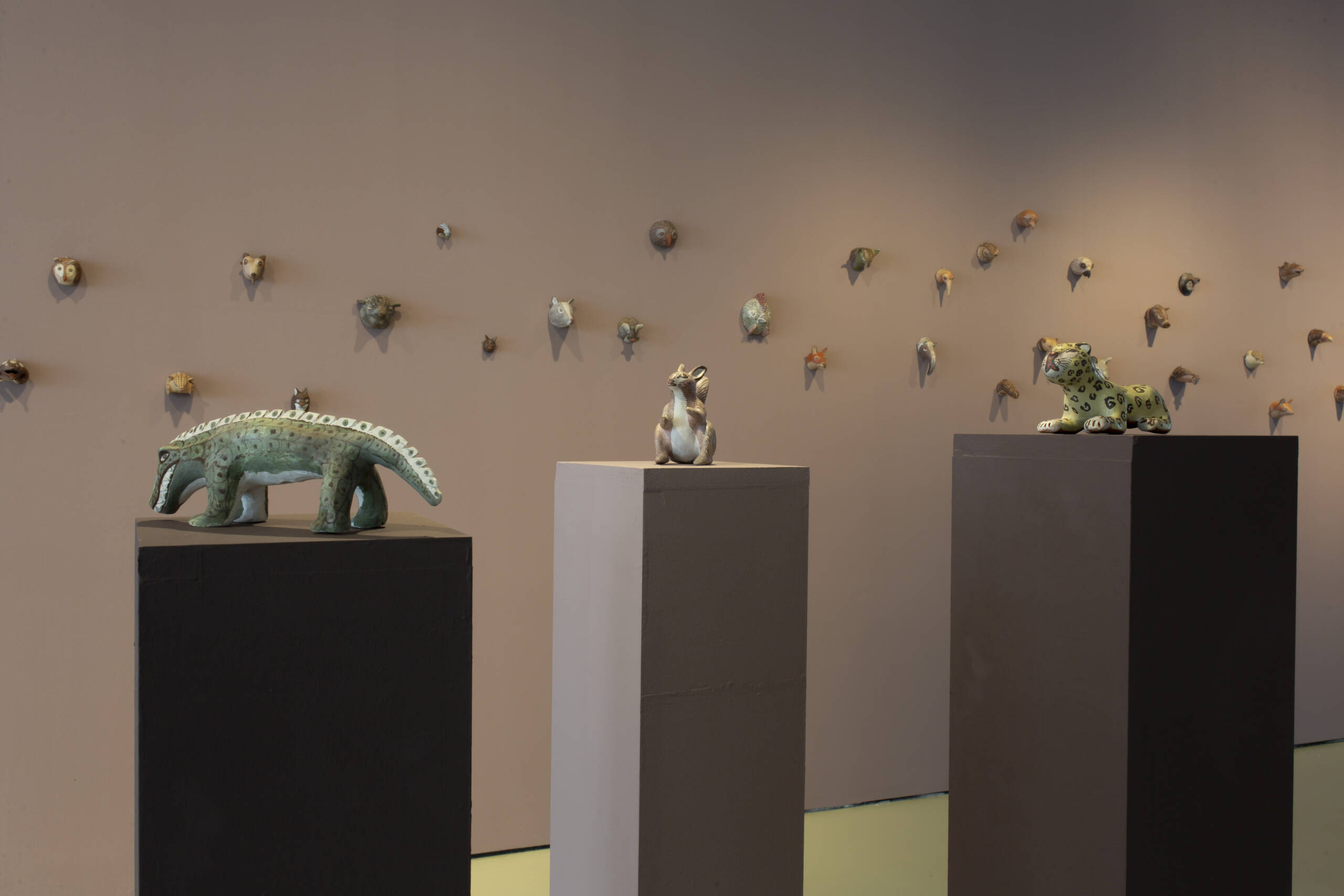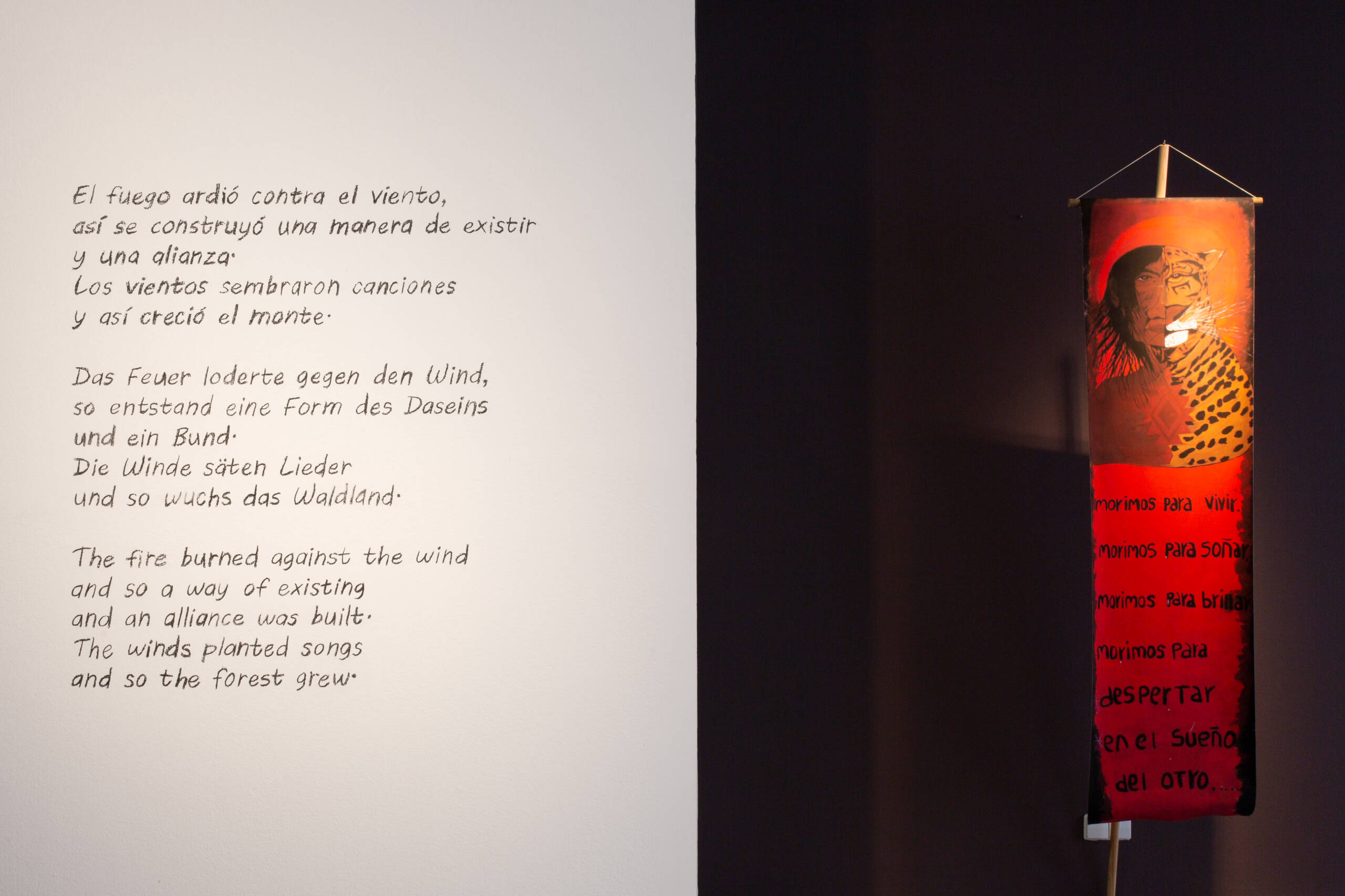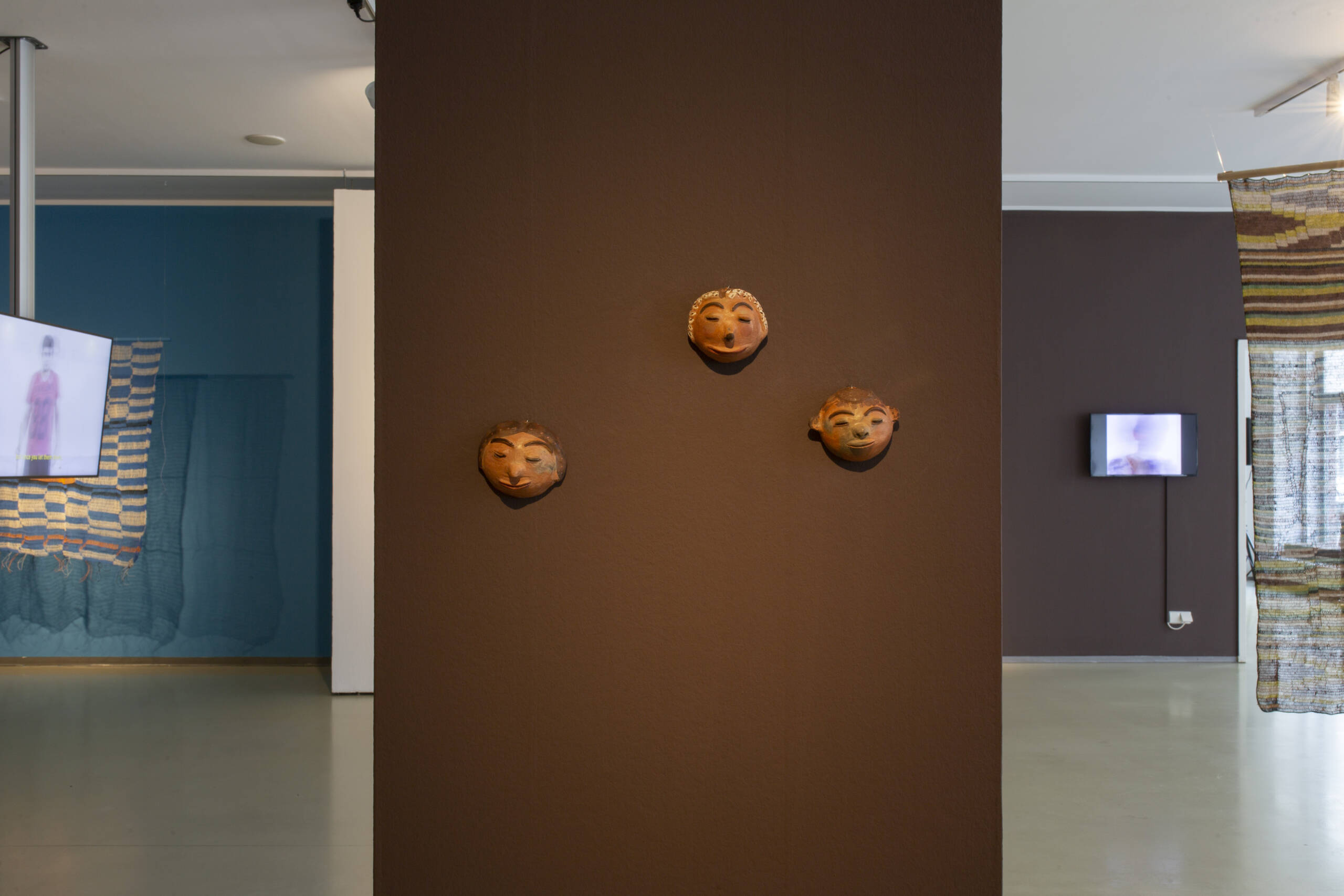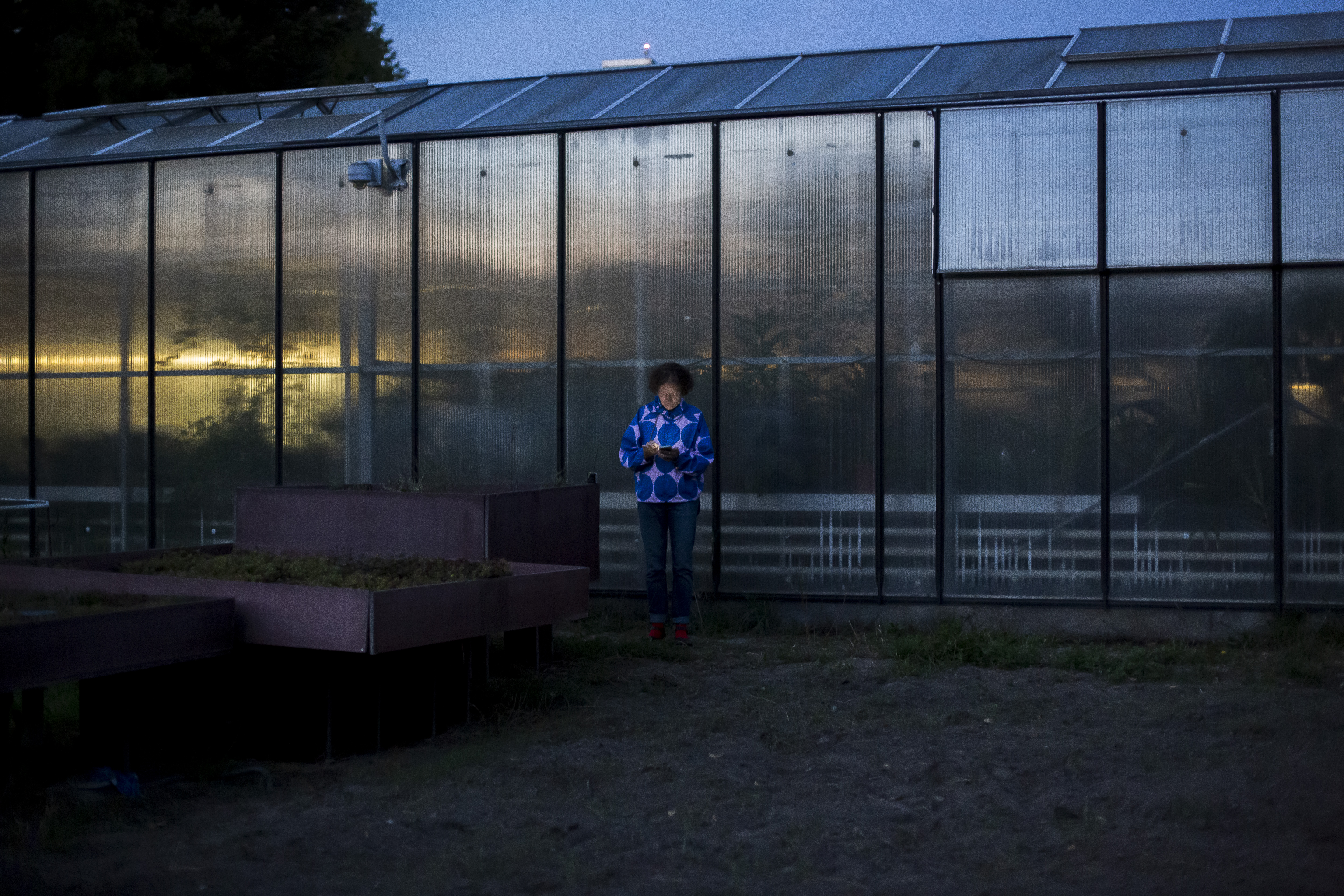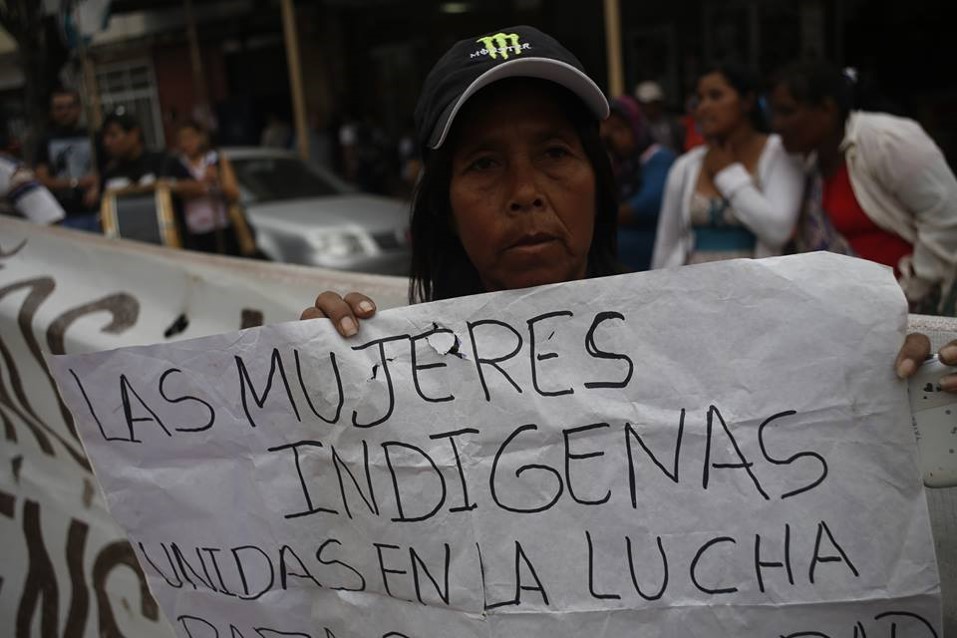This exhibition offers traces of dialogues between different temporalities and memories created in a northern Argentinian border region: the Gran Chaco Americano. The Listening and the Winds brings together craftswomen’s collectives, activists and communicators from the pueblos originarios with artists and researchers who live in the region to reflect on the political significance of their creative output. The exhibit shows fragments of these activities and the artefacts that result from them: textiles, ceramics, drawings, soundscapes and audiovisual landscapes. Curated by Andrea Fernández in the context of the new Environment series, the exhibition is part of ifa Gallery Berlin’s Untie to Tie project.
The Gran Chaco covers more than a million square kilometres, encompassing parts of northern Argentina, southeastern Bolivia, western Paraguay and southwestern Brazil. It is a region that resists being divided by national borders; it is a silent but untamed territory. In the Argentinean ‘chaqueña’ region, small cities constructed as part of the oil and gas industries displaced indigenous communities, negating their presence and undermining their human rights for many years. Colonisation and capitalist production devastated the native woodland, but it couldn’t cancel out the forms of understanding life and nature that the pueblos originarios themselves defend. The whisper of that memory, which many people are able to hear, listen to and translate, continues to be sustained by the wind.
Andrea Fernández resides in a city near the border between Argentina, Bolivia and Paraguay, where, five years ago, she began working with indigenous women. Fernández has also been part of organisational processes of territorial and cultural management, thus articulating artistic investigations with projects of social economy.
In this reflexive process, which considers the different identities that coexist in the same territory, the ‘listening’ is put forward as a necessary and urgent action. Ultimately, it enables small gestures to be manifested in the collective memory and, in this way, create a collective future.
With:
The community radio station La Voz Indígena (The Indigenous Voice), located in the city of Tartagal, is a collective that fights for the defence of the territory and its ancestral cosmogonies using the spoken word—sometimes in the form of songs. A section of the collective’s archive is presented at the exhibition, its starting point is a selection realised with the activist and researcher Mariana Ortega, a native of Tartagal, who has worked alongside the organisation for many years. This project also features a collaboration between the filmmaker Daniela Seggiaro and the composer Cecilia Castro. Their audiovisual pieces made up of fragments selected in a participative process, seek to communicate the archive’s two-decade-long history.
The collective Orembiapo Maipora, made up of the Chané female ceramic artists Lilia López, Felisa Ruiz, Claudia Sánchez, Gabriela Orio, Vicenta Ovando, Alicia Saravia, Sandra Saravia and Ester López, has been accompanied by the artist and professor Florencia Califano.
The workshop Ethnic Memory, created by the female organisation ARTEDE, investigates the oral history of a warrior cacique from the Toba community who led battles resisting the occupation of this region. Mestizo students of Instituto Terciario Nº 6029 Tartagal are engaged in representing this story, something that has been excluded from the official historical narrative. Producer Brayan Sticks accompanied them to make a documentary about their investigation and rehearse the representation of ‘others.’
Anabel Luna, Miriam Pérez, Ana López, Estela Saavedra, Mariela Pérez, Isolina Pérez, Martina Arias, Graciela López, Erlinda Acevedo, Claudia Alarcón, Lilia Lucas, Ercilia Acevedo, Leila Lescano, Rosa Quiroga, Irene Acevedo and Clementina Pérez, members of the collective Thañí, female weavers from the Wichí community, produced textile pieces based on exchanges with the artist Guido Yannitto.
The Listening and the Winds features a textile work by the artist Carlos ‘Pajita’ García Bes, who carried out research on indigenous, ancestral knowledge in the 20th century.


